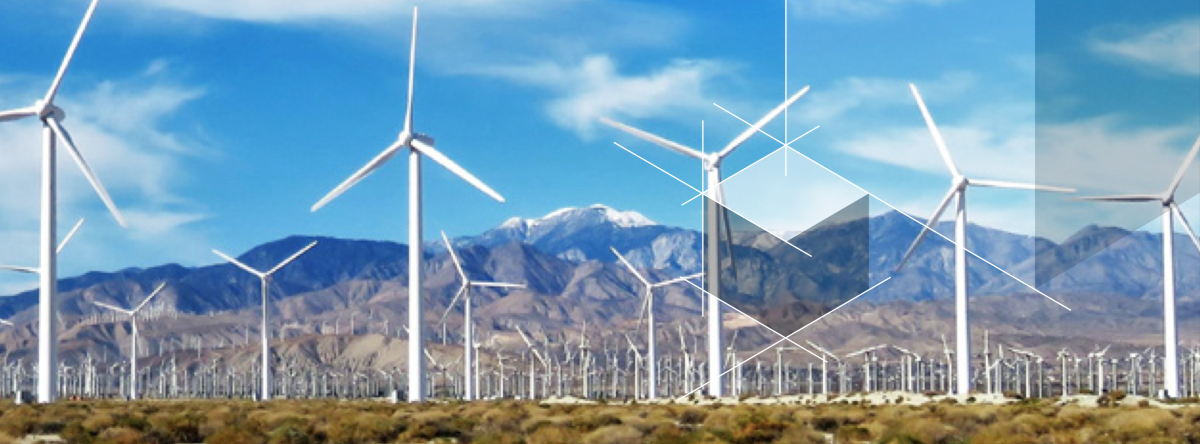
In April, at the opening of the White House Climate Summit, President Biden announced the United States Nationally Determined Contribution (NDC) for the period up to 2030, encompassing a target of greenhouse gas reductions 50-52% below 2005 levels. The US Greenhouse Gas inventory is available on the US EPA website and is summarised in the table below.
| Sector and gases(Mt CO2e) | 2005 | Latest data for 2019 |
| CO2 Fossil Fuel Combustion | 5753.5 | 4856.7 |
| CO2 Non-Energy & Industrial | 381 | 399.1 |
| CH4 from all sources | 686.1 | 659.7 |
| N2O from all sources | 455.8 | 457.1 |
| HFCs, PFCs, SF6, NF3 from various industries | 146.5 | 185.6 |
| Total Emissions (Sources) | 7423 | 6558.3 |
| LULUCF Emissions | 16.8 | 23.5 |
| LULUCF Carbon Stock Change | (804.8) | (812.7) |
| Net Emissions (Sources & Sinks) | 6635.0 | 5769.1 |
Given a baseline of 6635 Mt CO2e, a 50% reduction in 2030 would require US emissions to be 3318 Mt or lower in that year. The 2019 data represents a reduction of 13% over 2005, so the reduction in the next 10 years must be nearly triple that of the last 15 years. The reduction seen to date from fossil fuel combustion is running slightly ahead of the overall improvement, with a reduction from 2005 to 2019 of nearly 16%.
The goal that President Biden put forward is aligned with a strategy that is designed to achieve a goal of net-zero emissions for the US in 2050. Recently, the Shell Scenario team released a US Sketch outlining one possible pathway to such an outcome. The Sketch is illustrated below (N.B. 2020 figures are a pre-pandemic view of US emissions which the US is approaching again as the recovery gains momentum).

The Sketch provides the opportunity to look at the nature of the transition required in the 2020s for the NDC. The Sketch energy system emissions in 2030 are 3440 Mt against a 2005 baseline of 6030 Mt (small differences in baselines result from different categorizations of emissions), or a reduction of 43%. While this isn’t exactly aligned with the NDC, it could be in that the NDC makes specific reference to a major expansion of sink capacity through enhanced soil carbon uptake in the agricultural sector.
Key elements of the journey to 2030 outlined for the US in the Sketch are as follows;
- In 2020 (pre-COVID calculation) the US generated 3970 TWh of electricity, with 80% from coal, gas and nuclear. Solar and wind made up less than 10% of the total. By 2030 in the Sketch, the generation mix has shifted to natural gas and solar each making up about 25% of the total, with wind, nuclear and coal combined at around 40%. Notably, total electricity generation has increased to 5720 TWh, or 43% over 2020. This is in a pathway that still sees electricity system emissions at 600 Mt in 2035, the year President Biden has targeted for a zero emission system. His goal is about 5 years ahead of the Sketch.
- The increase in electricity consumption comes from an increasing proportion of electricity in final energy, displacing gasoline in cars, natural gas in homes and coal in industry. Electrification is a major lever for decarbonisation. The proportion of electricity as final energy rises in a decade from 22% to 35%, breaking a near century long trend which if continued, would otherwise see it rise to 25% at most.
- Over the 2020s, solar generation of electricity grows fastest, increasing by a factor of nearly 12 in a decade. The U.S. installed 19.2 gigawatts (GWdc) of solar PV capacity in 2020 to reach 97.7 GWdc of total installed capacity. With a utilisation factor of 15-20%, this could be expected to generate around 150 TWh of electricity, although the Energy Information Agency reported a total of 130 TWh (perhaps because the capacity at the start of the year was 79 GWdc). In any case, capacity by 2030 will need to grow to at least 1 TWdc, assuming some efficiency improvement in new installations compared to existing facilities. With a year-on-year installation growth of 30%, the US could be installing some 260 GWdc per year by 2030, bringing the total installed capacity to 1.2 TW by the end of that year. Very large scale energy storage will also have to deploy to support solar.
- The Sketch also shows a three-fold increase in wind generation throughout the 2020s and importantly, no decline in nuclear generation. The latter becomes increasingly important as other non-intermittent generation sources decline in use.
- Electric vehicle (EV) deployment is an important part of the trend towards electrification and it emerges rapidly in the Sketch. By 2030 the US will need to see 20% of all passenger vehicle use as electric, with hydrogen fuel cell vehicles rapidly appearing in the large SUV sector. At the moment, there are about 1.5 million EVs on the road, out of a total US passenger vehicle fleet of some 280 million. To reach a level of 20% EVs in terms of use, sales will need to climb rapidly from some 400,000 vehicles per year now, to over 13 million in 2030, or nearly 80% of all sales. This represents a year-on-year growth rate in EV sales of 42% through the decade.
- Road freight makes less use of electricity, although it does impact the lighter end of the freight market. For larger, longer haul freight trucks, hydrogen emerges during the 2020s, with some 200,000 trucks on the road by end of the decade. This is still relatively small, but the sector is non-existent today. In the second half of the century in the Sketch, hydrogen becomes the dominant fuel for heavy road freight.
- Natural gas, propane and oil are used widely in the US for cooking and/or heating in homes. Although the majority use electricity for cooking, heating is provided mostly by gaseous hydrocarbon fuels. In the US Sketch, heating and cooking in residences shifts from 13% electricity to 42% electricity in just a decade. Of all the transition tasks ahead, this may be the most challenging in that it involves convincing millions of households, individual consumers and landlords to change their behaviour, refit existing properties, invest money for the change and in some instances make use of a less preferred energy option.
- While electricity already plays a significant role in light industry, this is not the case for heavy industry where very high temperatures and high thermal loads are often required for conversion processes. Heavy industry energy use in the US is currently three-quarters gas, coal and biomass and one quarter electricity. This begins to shift rapidly and by 2030 in the Sketch, 40% of energy demand for heavy industry is supplied by electricity. In addition, hydrogen is emerging, with the first industrial installations making commercial use of this fuel. While the amount is small in 2030 it could mean significant development, design and engineering of new processes in a limited amount of time. Alternatively, the amount could point to natural gas being topped up with hydrogen as a mixed fuel for industrial furnaces, prior to converting whole processes over to hydrogen based fuels.
- The many changes across the energy landscape result in steep decline in the use of fossil fuels in the Sketch, with coal falling fastest. By 2030 there is a 40% reduction in coal use, a 14% reduction in natural gas and a 25% reduction in oil within the economy, compared to 2020 (pre-COVID) use.
- But even by 2050 in the Sketch, natural gas and oil still play an important but significantly diminished role in the US economy. That points to the need for carbon capture and storage (CCS), both directly linked to facilities and indirectly as an atmosphere removal mechanism (e.g. BECCS). The US already has the most mature CCS industry in the world, underpinned by years of enhanced oil recovery using carbon dioxide. But an order of magnitude change is required here as well during the 2020s, with a shift from some 30 mtpa carbon dioxide stored to some 300 mtpa.
While the Sketch does not require nature based solutions (NBS) for the US energy system to reach net-zero emissions by 2050, natural carbon sinks do provide an additional lever to support the transition and the NDC also discusses this aspect of emissions mitigation. In the US, national forests cover 193 million acres, an area larger than Texas. Apart from their significant bioenergy potential, forests act as natural carbon sinks. The US could reduce CO2 emissions by up to 300 million tons a year by 2050 through afforestation – the planting of new trees where there were none before. While new forests represent significant additional sinks, there is also potential to expand areas such as wetlands and mangrove swamps, and perhaps most importantly to encourage farmers to adopt practices that enhance soil carbon. The US NDC references this opportunity.
The rates of change outlined above are substantial, with year-on-year growth rates for several new energy technologies of 20-50%, depending on the sector. While growth at this level can be sustained when a sector is very small and this has been observed for renewable energy deployment, it becomes increasingly difficult as the sector grows and absolute levels of deployment become very large. Many of the sectors mentioned will face this issue during the 2020s. Nevertheless, the Sketch was designed to show what is possible given the right policy levers for innovation and deployment, sufficient and targeted financing and overall transition design.
Note: Scenarios don’t describe what will happen, or what should happen, rather they explore what could happen. Scenarios are not predictions, strategies or business plans. Please read the full Disclaimer here.

Average Rating